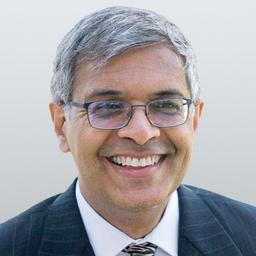Commentary
On Oct. 4, 2020, with professor Sunetra Gupta of Oxford University, we wrote the Great Barrington Declaration (GBD). Our purpose was to express our grave concerns over the inadequate protection of the vulnerable and the devastating harms of the lockdown pandemic policy adopted by much of the world; we proposed an alternative strategy of focused protection.






